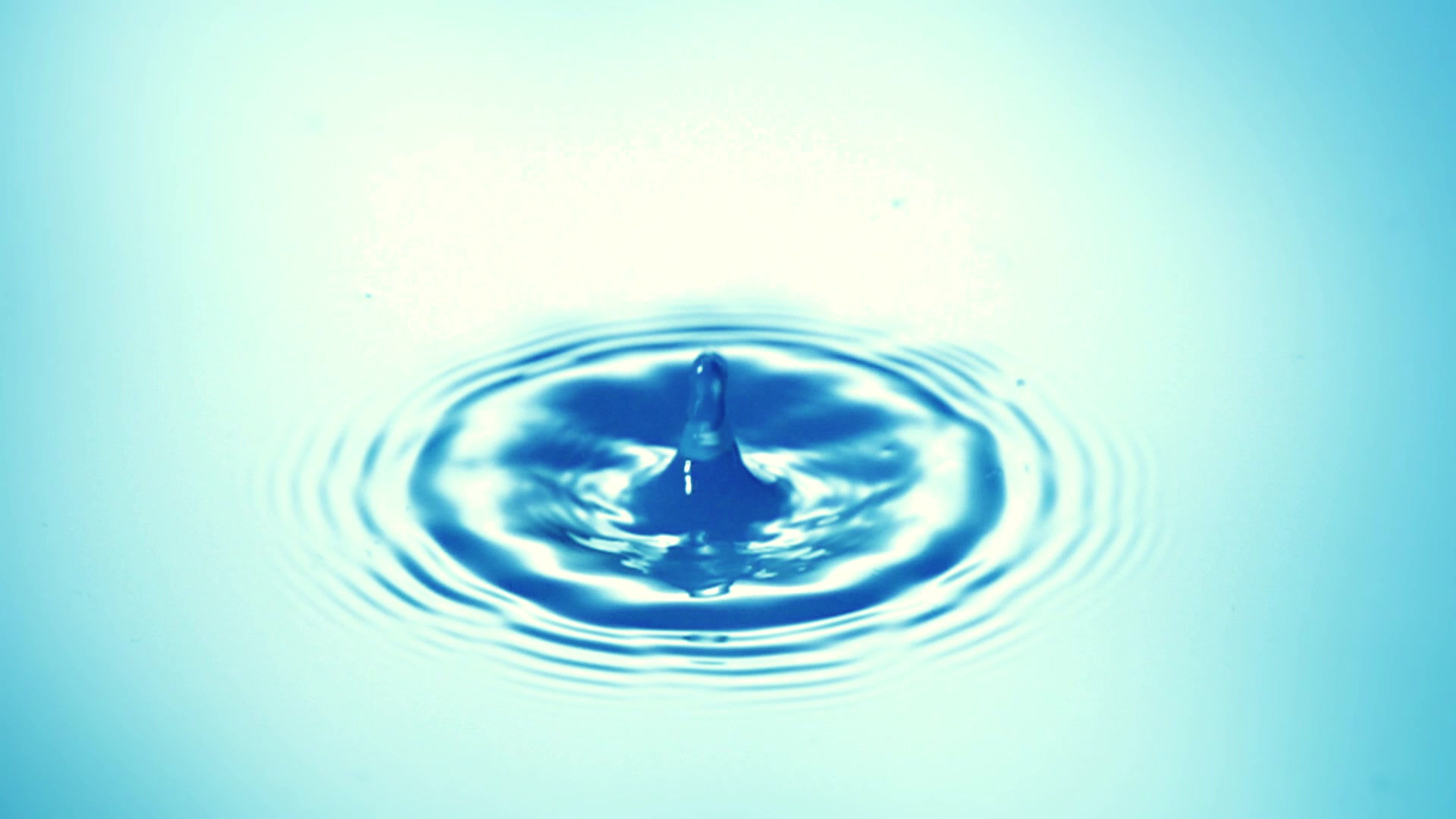
PROJECT




ENTERPRICE
The Homa Bay Biogas enterprise comprises the development and implementation of several biogas power plants with a total feed-in generation capacity of 35 MW in the Homa Bay County, Kenya.
The enterprise is divided into five independent and separately operated plants at different locations, which will utilize Water Hyacinth from Lake Victoria to generate clean electricity that is evacuated into the national grid.
Currently, Thika Way Investments Limited is implementing the first power plant phase named „Homa Bay Biogas 1“
CURRENT PICTURES (Water Hyacinth covering Lake Victoria)
 |  |  |
|---|---|---|
 |  |  |
 |  |  |
 |  |  |
 |
HOMA BAY BIOGAS 1
.jpg)
PROJECT CARACTERISTICS
Name
Location
Type of Plant
Input Material
Installed Capacity
Implementation Status
MAIN PROJECT GOALS
-
Reduction of water hyacinth population
-
Re-establishment of lake biodiversity
-
Restoration of shipping
-
Revival
-
Generation of electricity for the western region
-
Establishment of jobs and training opportunities
Homa Bay Biogas 1
Chwowe Beach, Kobala, Karachuonyo Sub-county in Homa Bay County
Biogas Power Plant
Water Hyacinth
8 MW (feed-in)
PPA Negotiation
LAKE VICTORIA

Lake Victoria is the second largest freshwater lake and with a diameter of about 300 km the biggest tropical freshwater lake in the world. The lake is bordered by the countries Tanzania, Uganda and Kenya, where almost 50% of the lake accounts to Tanzania and only 6% to Kenya.
The area around the lake has always been densely populated and cultivated by humans for the past centuries. Since then, agriculture, fishery and food processing industries are the main pillars of the region’s income. The lake is important for the region’s inhabitants through the supply of drinking water, power generation, fisheries and food security, transportation, and ecological stability.
WINAM GULF
Winam Gulf is the north-eastern extension of Lake Victoria reaching into south-western part of Kenya. The shallow inlet is connected to the main body of the lake by Rusinga Channel and masked by few islands.
WATER HYACINTH

The hyacinth is widely known as a purple blooming plant used for decoration of ponds. As it had first been reported in Africa in 1893, it spread throughout the continent by 1990 and populated almost every fresh-water catchment in the African countries.
The water hyacinth is a freshwater weed species. It is free-floating and drawls all its nutrients directly from water. Wind induced currents facilitate its distribution and dispersal. The weed can mainly be found in inshore and swallow areas where it spreads fast in shallow bays.
Tropical weather conditions benefit growth and expansion of the species and produces negative consequences for the habitat quality of the water body. The plant has populated the entire lake, especially Winam Gulf, and increases day by day. The plant mats reduce dissolved oxygen in the water and restricts exchange of oxygen across the water/air interface. Furthermore, it impedes mixing of surface water for introduction of oxygen leading to immense deterioration of water quality. Result is fish killing and loss of aquatic biodiversity. The Water Hyacinth has become an enormous threat to fish and local communities. Measures against its uncontrollable spread are inevitable.
The unhindered spread of the plant has grown to be a big issue of the entire Lake Victoria region in Kenya putting their inhabitants at risk as they strongly depend on the lake and fresh water for livelihood.
EFFECT OF WATER HYACINTH PRESENCE:
-
poor water quality
-
fish killing and poor fishing
-
threat to fresh water resources
-
nesting site for insects
-
habitat for parasitic diseases
-
decommissioning of shipping
-
decrease of trade
-
loss of jobs and absence of income
-
loss of livelihood and food insecurity
